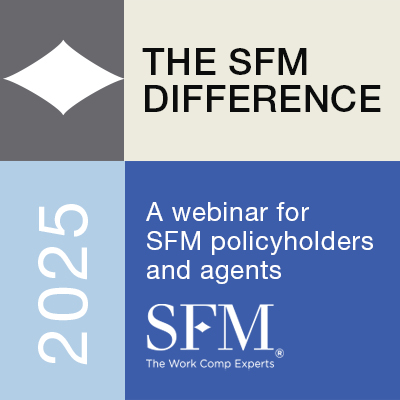The SFM Foundation recently wrapped up its fall fundraising events, resulting in another successful year of helping students.
Founded in 2008, the nonprofit helps families affected by workplace injuries by providing scholarships to children of workers disabled or killed in work-related accidents. The SFM Foundation is an affiliate of Kids’ Chance of America in Iowa and Minnesota.
SFM’s summer golf tournaments generated approximately $150,000, and the Iowa bowling event and Minnesota fall social raised about $26,500 in total.
“We have seen a steady increase in the number of scholarship applications each year, and these events are vital to our mission of helping young people,” said Deb Zorn, the foundation’s Scholarship Director.
Linda Williams, President of the SFM Foundation, said the organization is grateful for the ongoing support of agent partners, clients and others in the community. That generosity has led the foundation to reach new heights of giving, she said.
Other highlights from 2025 include:
- Nearly $600,000 in new scholarships, a record since the group was founded
- Awarding the highest number of scholarships awarded in the foundation’s history, 19
- The Iowa governor proclaiming Oct. 13-17 as Kids’ Chance Week (the SFM Foundation is an affiliate of Kids’ Chance of America in Iowa and Minnesota)
- Reaching Gold Level status from Kids’ Chance of America, recognizing top-tier excellence in nonprofit operations
“These students and families are enduring major challenges,” said Andy Gebhard, Chair of the SFM Foundation Board of Directors. “We’re proud of our mission and thankful for the ongoing support from everyone involved – sponsors, agents and volunteers. Helping these students reach their goals takes all of us working together.”
About the SFM Foundation
The SFM Foundation was created in 2008 by SFM Companies. The nonprofit is dedicated to easing the burdens on families affected by workplace accidents. Scholarships are awarded regardless of which workers’ compensation insurer was involved in the claim. Since its inception, the foundation has awarded 266 scholarships totaling $4.7 million. For more information, visit sfmfoundation.com .

